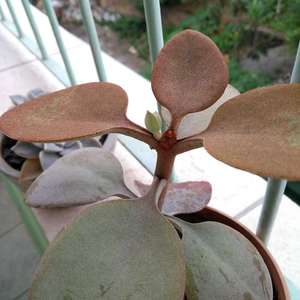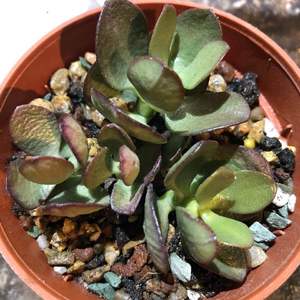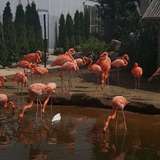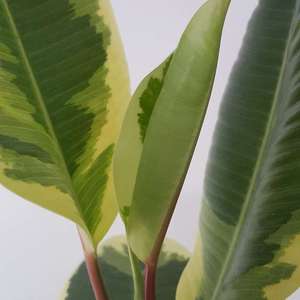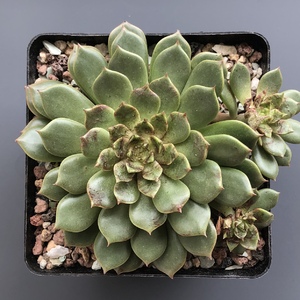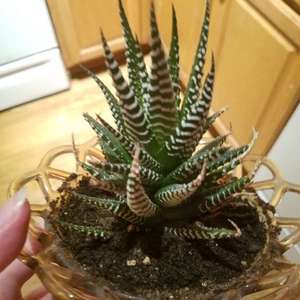成长记
kensong
2018年09月26日

Monstera has been sprouting new leaves. At this rate its going to be a monster of a plant.
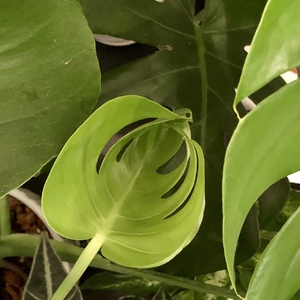
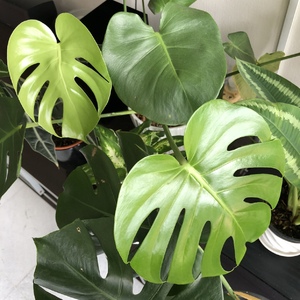


2
0
成长记
Foggy_Garden
2018年09月14日

The new leaf has spead out and two new leafs below are growing too!
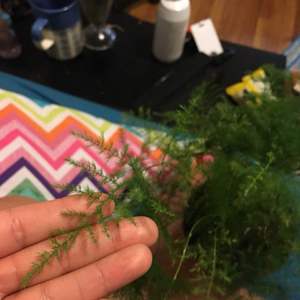

0
0
成长记
Plantlin
2018年09月12日

It is growing a bit wild... Thinking about making a new plant from cuttings:)


1
0
成长记
Plantlin
2018年09月12日

The leaf of the maidensblush which I planted ‘a while ago’ is making new leaves:) I can see about 1 mm;)


0
0
succulentlover11
2018年09月11日

hello I'm new to this app I really need some help on my succulent my sedum firestorm its color is fading out it's supposed to be green with red tips around the leaf but it's turning all green and the leaves look really sad anybody please help me or give me some advice on the plan thank you
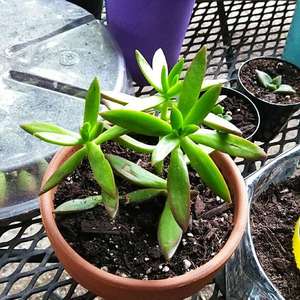

0
0
成长记
Plantlin
2018年09月07日

I’ve potted the princess in my last update and I think she is happy as there is a new leaf coming:) I also have just cut the two ‘sticks’ in the middle... so they are a little less obnoxious;)
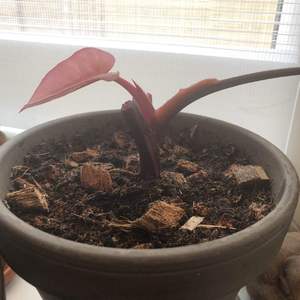

1
0
文章
Miss Chen
2018年09月07日

Hosta plants (also known as plantain lilies) are herbaceous perennials that die down in the winter months and reemerge in the spring with new growth. There are a wide variety to choose from. Hostas are shade-loving plants that grow from bulbs (or tubers). Planting them is fairly easy.

Step 1
Purchase hosta bulbs from your local nursery or from online sources (see Resources below). Read all the packaging instructions before deciding where to put your hostas. Some varieties do require some sunshine during the day. Hosta plants with a blue hue generally require more shade than some of the other types. They can be planted at any time of year, but springtime is best, when new roots are being formed.
Step 2
Prepare the planting area soil. Although the hosta is an easy plant to grow and maintain, starting with the proper soil conditions will give your plant an extra boost. The soil should be well drained, with a pH of 5.5 to 6.5.
Step 3
Plant the hosta bulbs 12 inches or more apart and at the ground level where the shoots first emerge. Of course, the root end of the bulb should be placed down into the ground. Gently fill the area surrounding the bulb with soil and then pack lightly at ground level.

Step 4
Water your hosta bulbs often, approximately an inch of water per week. Always check with packaging directions, as some of larger-leafed varieties require more water. Fertilize at 6-week intervals through the spring and summer months with a 10-10-10 fertilizer.

Step 1
Purchase hosta bulbs from your local nursery or from online sources (see Resources below). Read all the packaging instructions before deciding where to put your hostas. Some varieties do require some sunshine during the day. Hosta plants with a blue hue generally require more shade than some of the other types. They can be planted at any time of year, but springtime is best, when new roots are being formed.
Step 2
Prepare the planting area soil. Although the hosta is an easy plant to grow and maintain, starting with the proper soil conditions will give your plant an extra boost. The soil should be well drained, with a pH of 5.5 to 6.5.
Step 3
Plant the hosta bulbs 12 inches or more apart and at the ground level where the shoots first emerge. Of course, the root end of the bulb should be placed down into the ground. Gently fill the area surrounding the bulb with soil and then pack lightly at ground level.

Step 4
Water your hosta bulbs often, approximately an inch of water per week. Always check with packaging directions, as some of larger-leafed varieties require more water. Fertilize at 6-week intervals through the spring and summer months with a 10-10-10 fertilizer.
0
0



